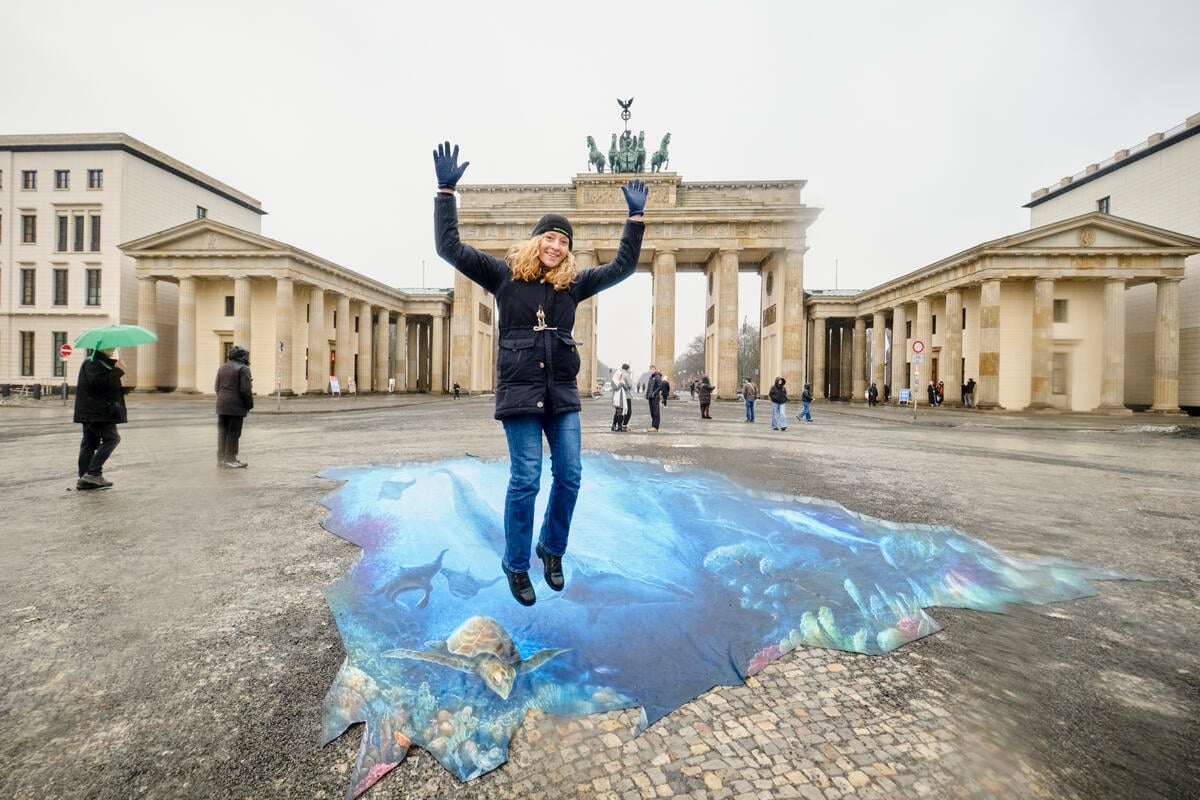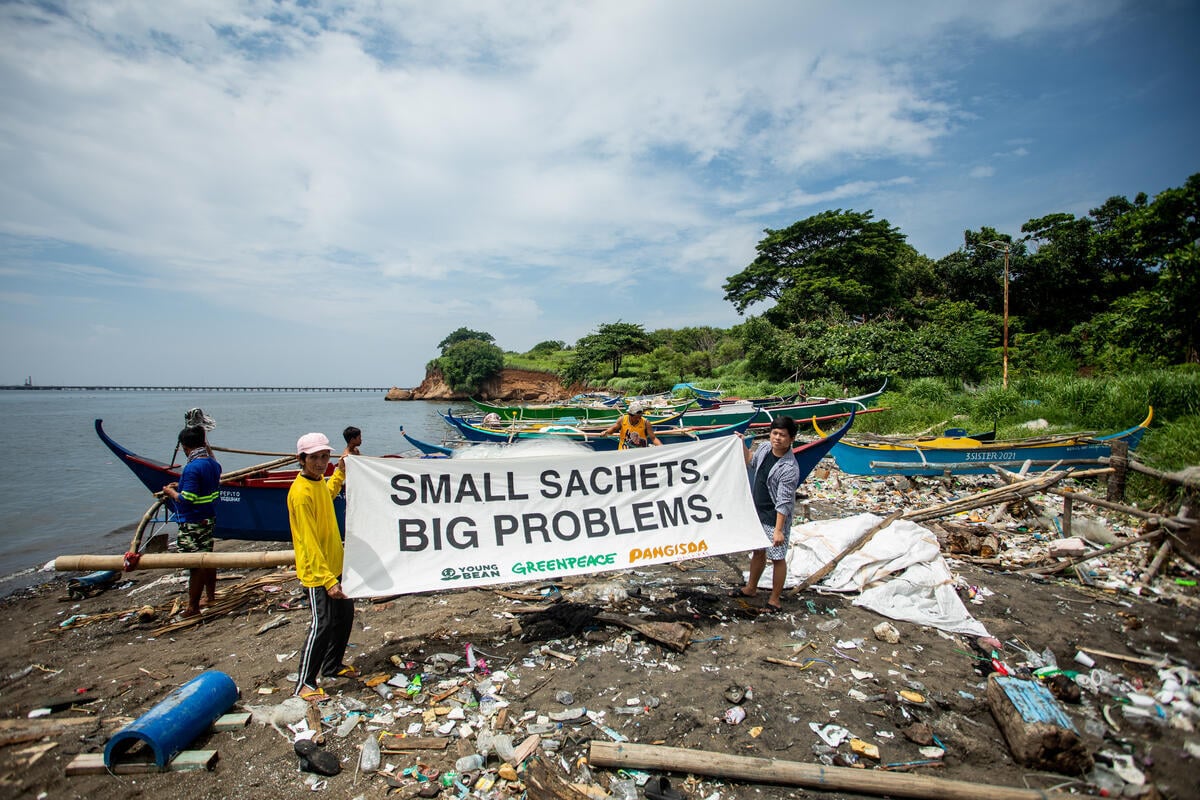Greenpeace, Extinction Rebellion, Fridays for Future, other activists, and scientists are correct: We’re in an ecology crisis, and the crisis is urgent.
Meanwhile, governments plod along at a mind-numbing, dawdling pace, procrastinating, making excuses, posing, flying to conferences, or just ignoring the crisis. Nationalistic leaders create new crises, undermining and attacking each other, hurling insults and propaganda through complaisant media. The promised Internet information explosion turned into a dis-information explosion, a festival of bickering, and most tech giants and mainstream media appear driven by profits, corporate patrons, ideology, and click-bait-obsessed editors.
Even among social justice and ecology activists we may fairly question which issues are most urgent, what drivers are most fundamental, and which tactics might actually work.
All of this — the plodding, procrastinating, posing, and pondering — have been with humanity for most of recorded history. The Sumerian Epic of Gilgamesh, one of the oldest known stories in human history, examines the abuse of power and the destruction of wilderness.
Frustration among ecologists and scientists drives some to heighten their sense of urgency, while driving others to slump in resignation. These events have inspired me to consider the role of patience in action and perhaps for life in general.
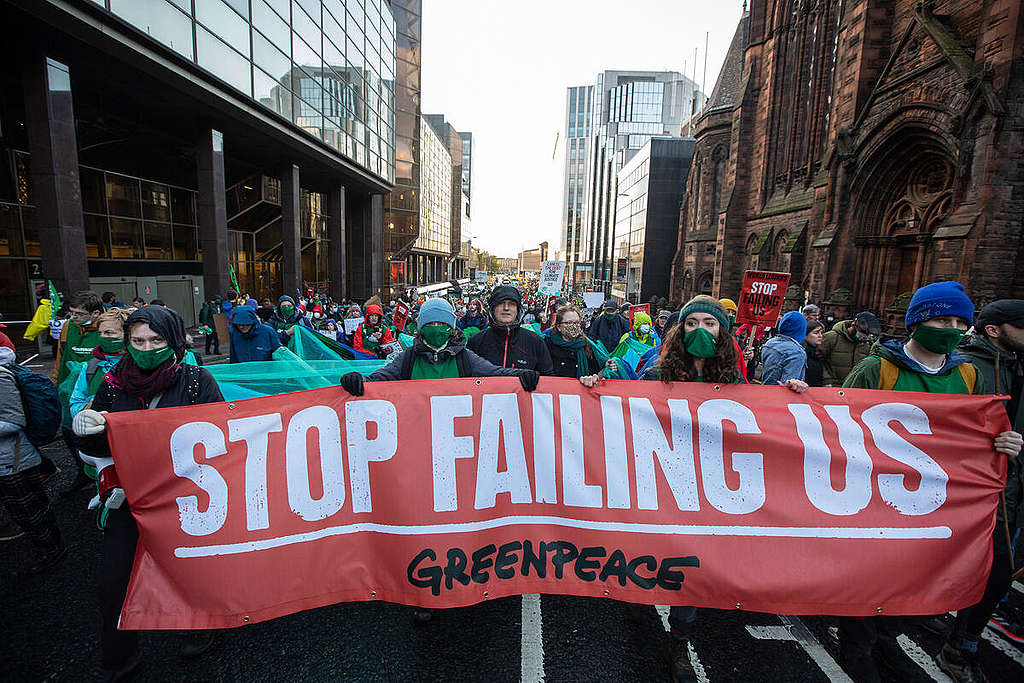
Is it possible to feel a sense of urgency and simultaneously practice patience?
I experience both those feelings almost every day. I felt urgency about Earth’s social crisis and ecological crisis fifty years ago, when I was in my early twenties. Decades later, most of the threats still feel urgent. I believe by nature, I am impatient, but to have any success in my personal and social relationships I’ve had to learn to practice some patience. Then I learned: The more the better.
The Interactivist
Every first aid manual I’ve ever read starts with some version of this dictum: “In a crisis, first: Stay calm. Secondly, help others stay calm.” Take a deep breath. Calm the agitated. Comfort the injured. Stop the bleeding. In any case, the first job is to remain calm.
Calmness in the face of crisis helps avoid making a situation worse with panic. First responder instructors teach us to diagnose a crisis before taking action. Diagnosis seems important. If we fail to understand the root causes of a particular challenge, we can spend decades tweaking the symptoms, trying to fix the wrong or less-urgent problems, and then spend another decade trying to fix the problems created by misdirected action. We don’t have decades to squander.
Patience shows respect for the complexity of crises. There is never just one problem or one solution. Crises have context. Patience is a form of respect for context, for other points of view, other information, and one’s own unexamined presumptions. Patience is modesty in action, avoiding the assumption that one already knows exactly what the problem is and exactly how to solve it.
“We tend to distrust visionaries,” pioneering ecologist Donella Meadows wrote shortly before her death in 2001, “because we have such bad experiences with irresponsible visionaries. Meadows references the work of Russell Ackoff , who examined the strategies used to change a system, and identified certain patterns of response:
Inactivists are satisfied with the way things are or fear doing something irrelevant or wrong.
Reactivists try to recreate a romanticized past by undoing the mess they believe others created. They want a simple solution, a panacea, a new technology to make everything better, like it used to be.
Preactivists plan for a future they believe will be better than the past, by preparing to grow, excel, and take advantage of new opportunities that may help them gain influence or wealth.
Interactivists imagine a desirable future and work to create it, practicing self-realization and self-control. Interactivists, in Ackoff’s topology, are the radicals, those who try to change the foundations of society, not just riding the wave of progress, but trying to redirect it.
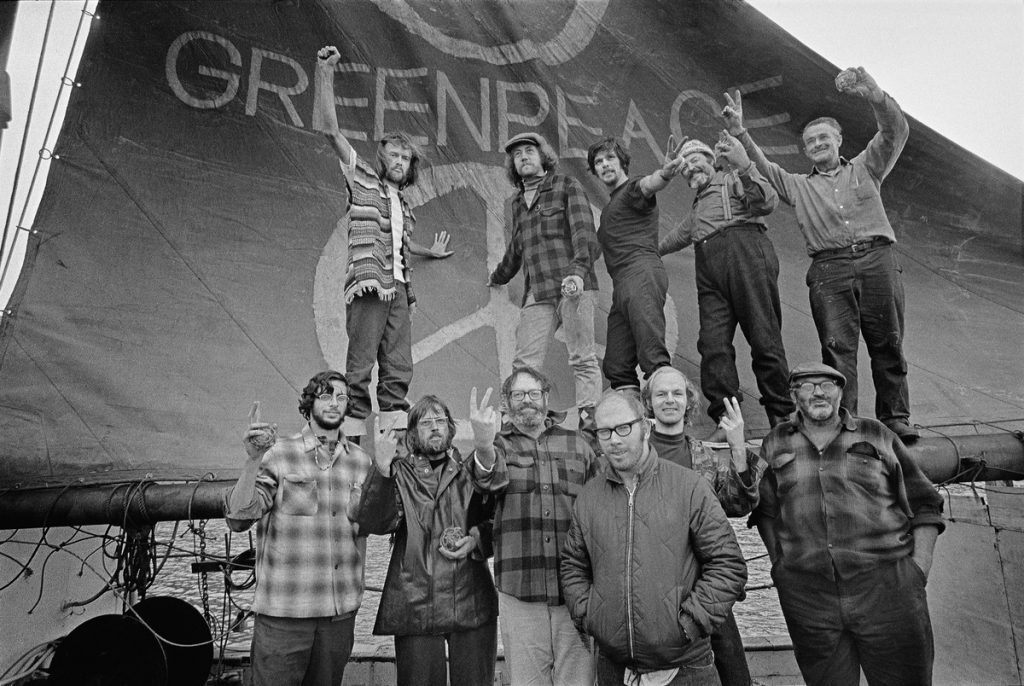
Donella Meadows wrote, “I’m preactive about weather, trying to transplant before the rain and harvest before the frost. But in my efforts to help bring about a sustainable society, I’m an interactivist, a visionary, a learner, a radical. I don’t run scenarios; I articulate visions to reclaim our democracy from the moneyed special interests. We don’t have to bring fourteen billion people into the world unless we choose to; we could return half the planet to nature and create joyful lives for ourselves and others.”
The “interactivist” approach requires patience. Meadows wrote, “Visionary statements and actions come from a different place in the human psyche than predictions, forecasts, scenarios, or cynical assertions of political impossibility. Visions come from commitment, responsibility, confidence, values, longing, love, treasured dreams, our innate sense of what is right and good. A vision articulates a future that someone deeply wants, and does it so clearly and compellingly that it summons up the energy, agreement, sympathy, political will, creativity, and resources, to make that future happen.”
The urgency is real
How often do we hear someone insist: “The real problem is ___________.” Fill in the blank. However, there is no single “real problem,” and there are no single or simple solutions to any of the crises we face, personal, social, or ecological. Events in the world — both human enterprise and natural evolution — have a rhythm, cycles, patterns, all co-evolving. Patience may be a way of respecting these patterns.
Millennia ago, Taoists understood that “action creates opposition.” Revolutions inspire counter-revolution. Accusations spark defensiveness. Demanding change, even in personal relationships, can frighten others to dig in and protect their position or perceptions. We can learn in our personal relations that just insisting we’re right doesn’t work well.
To avoid creating backlash and confusion, Taoists proposed action in harmony with nature, sometimes called shen ling, “divine efficacy,” an effectiveness that respects the rhythm of events, addresses root issues, and does not settle for fleeting political gains. To achieve this divine efficacy, perhaps it helps to remain calm, practice patience, pay attention to the details and to the context before taking action.
Action almost always results in some unintended consequences. Our best intentions can go wrong, it is easy to be misunderstood, and even when our friends or colleagues do not respond as we hoped, we may feel disappointment, frustration, even rage.
In leading the non-violent movement to free India from colonial rule, Gandhi practiced patience, showing respect for the complexity of views and needs. Gandhi appeared to understand that accusations spark defensiveness. The movement he fostered focused on enduring change, on an unshakable vision of the decency they advocated; and on modeling the decency in their actions.
I recall watching firemen responding to an apartment fire. Everyone moved purposefully and quickly, but no one rushed, no one appeared desperate or panicked. The officer in charge spoke calmly. The first responders did their job, but they had obviously been trained in the first responsibility of crisis response: Stay calm.
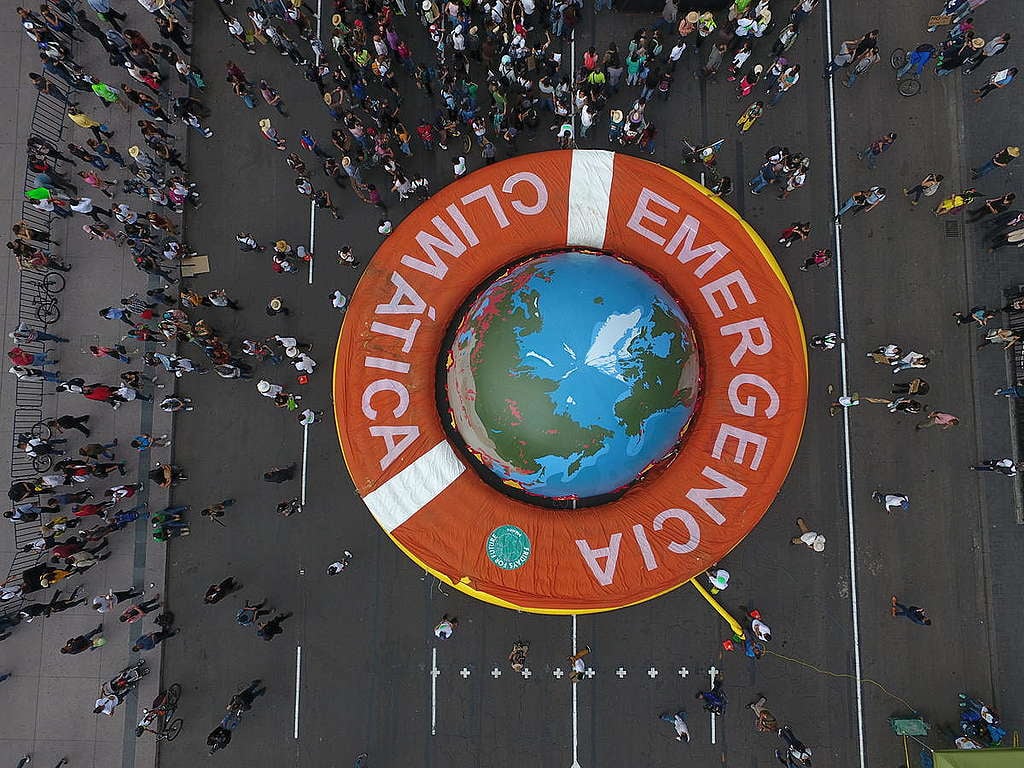
The urgency is real, even if appropriate or effective action remains uncertain. Nevertheless, we can hold our sense of urgency with us even as we practice appropriate patience.
Students of nature … a radical restructuring
The pandemic forced a pause for much of human activity. Can we use the pause to take stock, to assess our past progress, or lack of progress?
Patience allows us to observe, to be a student of the world, rather than its manager. Patience helps expand our sense of self to the relationship with all humanity, to the ecological self, the fully-integrated self, that serves life.
Personally, I find that practicing patience allows me to admit I’m confused about some things. Where’s the right action? Who is the right leader? Who are the credible voices? Perhaps learning to navigate uncertainty is a path to actions more in line with shen ling. In any case, one still has to show up, do the work, and carry some of the weight. Patience isn’t about taking a day off.
In yoga, one learns that there are yin (passive) and yang (active) approaches, both helpful. The yin approach allows one to relax and practice the patience that complements our yang urgency. Patience and urgency are not mutually exclusive. They are symbiotes.
The genuine solutions to our ecological crisis are not likely going to arise from the comfortable habits of industrial society, the profitable, expedient solutions promoted by governments and profiteers. The genuine, enduring changes may have to challenge some cherished foundations of our economic, political, and mechanistic societies.
This may take some time.
Links, references
Donella Meadows, et. al., Limits to Growth (D. H. Meadows, D. L. Meadows, J. Randers, W. Behrens, 1972; New American Library, 1977).
Russell Ackoff in “Redesigning the Future: a Systems Approach to Societal Problems,” (Wiley-Interscience.
Tao Te Ching, Lao Tzu, translated by Gia-Fu Feng (馮家福) and Jane English, with updated translation, Vintage Books, 1989.
“The Intersection of Taoism, Deep Ecology and Praxis,” Jarrod Hyam, Oregon State University: SIEU.
“Taoist Philosophy 101: The Meaning of Yin and Yang,” Paul Grilley, Yoga Journal, 2007.
Complexity: Nora Bateson, “Small Arcs of Larger Circles,” Triarchy Press, 2016.
Ecological self: Joanna Macy, “World as Lover, World as Self,” Parallax Press, 2003; Arne Naess, Ecology, Community and Lifestyle, Cambridge U., 1990; Freya Mathews, The Ecological Self, Routledge, 1991.
Walker, B. and D. Salt. 2006, Resilience Thinking: Sustaining Ecosystems and People in a Changing World, Island Press, Washington.


